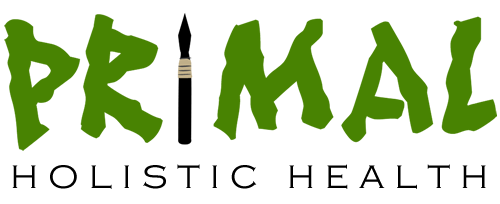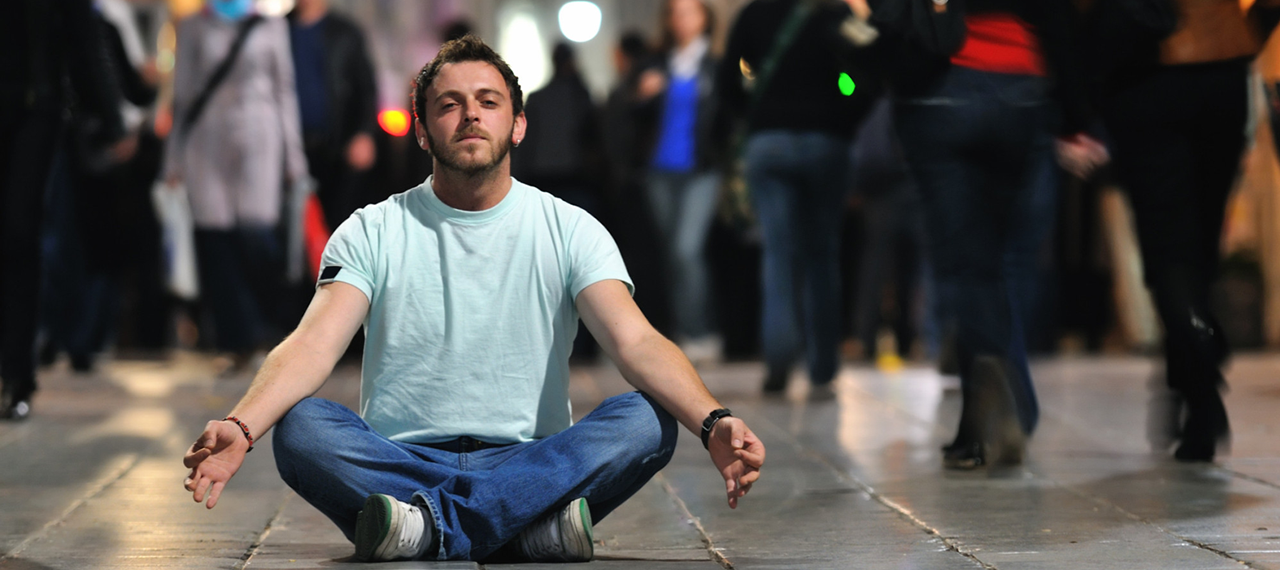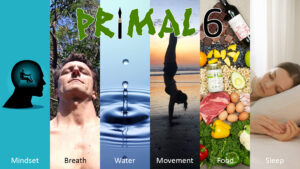Scared to meditate? Don’t think you can shut off your mind? Do you envisage yourself sitting crossed legged on the floor saying ‘ohm’ or chanting? Fear not! Meditation comes in many forms, and has massive benefits for your health. Meditation can simply be a tool to help you relax your mind; improve your focus, your creativity or self-awareness. Or it can allow you to open your mind to the deepest, most hidden influences on your body and soul and achieve a higher state of consciousness. Meditatiton has its roots in religious and spiritual philosophies of the East and has been practiced for over 5,000 years. Yes it’s true, the traditional meditation that you may be thinking of is certainly a discipline of consciousness, and can take a long time to master. However, there are other forms of active and passive meditation that are easier to learn.
Meditation can be defined in several ways:
– A state of relaxation to calm and control the mind
– The ability to focus on a single point of reference
– To be present in the moment
– A time to switch off the mind and give it a break
– Active or Passive
Active Meditation – Meditation in Motion
Think of your favourite activity that you may do often which allows you to be ‘present in the moment’. An activity where you feel so entranced by what you are doing that it feels hard to think of other things such as normal daily stressors. For some people, surfing, running, or swimming is that form of active meditation. For other people it may be sewing, painting, gardening or cooking. Some forms of active meditation specifically designed to relax your body and breath are Tai Chi, Qi Gong, Paul Chek’s Zone Exercises, and some styles of yoga and Pilates. These exercises feel great. They bring energy into your body rather than exor-cising it out.
 Gardening is boredom for some, active meditation for others |
 Running is damn hard for some, active meditation for others |
Passive Meditation
Passive forms of meditation involve no activity of the body; just a quiet mind and awareness of one’s own breathing rhythm. This absence of conscious thought allows subconscious ideas, feelings, and images to enter the mind. Contemplation means to concentrate on a specific subject, object or place such as your favourite food, a place of beauty, or a single flower. This is an easier task for the analysing Western mind. As rewarding as contemplation is, pure meditation is the ultimate goal because it is then when you are not bound by a single concept. Contemplation can therefore be used a stepping stone to meditation.
With the following meditation techniques, find a comfortable place
indoors or outdoors where you can be alone uninterrupted. Familiarise yourself with technique number one first, and then try the others. With some techniques, it may be beneficial to set an alarm or use music of a pre-determined time length. Aim for 5 minutes the first time and lead up to longer times as your ability to relax and not judge yourself improves.

One of my favourite places to meditate
1/ Basic breathing
Close your eyes. Focus on deep, slow, controlled breathing in and out through the nose to stimulate the parasympathetic nervous system. Breathe in and allow the stomach to extend out. Breathe out and feel your stomach draw back in. Notice how with each inhale and exhale the breath becomes thinner, shorter and eventually seems to disappear. Imagine with each exhalation, you are breathing out negative energy, and with each breath in, you’re inhaling positive healing energy. Send your body a message “Everything is fine, everything is at peace. Relax….” Let scattered thoughts and everyday concerns fly out of your mind.
2/ Lying on a foam roller
Perform the same breathing technique as above, while lying on a foam roller. Foam rollers help reduce the effects of rounded shoulder posture caused by computer use, certain sleeping positions, driving for long periods and sitting on furniture that encourages poor posture.
3/ Contemplating a beautiful setting
Focus on a photo or close your eyes and visualise a beautiful place you have once been or would like to go. Think of the sights, sounds, smells, temperature etc. Better yet, go and sit at that location and see it for real!
4/ Listening to music or audio sounds and frequencies
Try listening to relaxing music that is preferably rhythmic and repetitive. Close your eyes and focus on your breath and the sounds. Audio sound technology such as Holosync is a scientifically proven way to relax the mind by listening to different frequencies of sounds. Make a playlist on your MP3 player of relaxing sounds to listen to at any time.
5/ Guided meditations
There’s nothing like having someone with a relaxing voice instruct you on thoughts and movements to help you relax. You may be seated, walking on the spot or laying down. There are plenty of audio recordings available to try out guided mediations.
6/ Muscle tension release meditation
Concentrate on each area of your body one-by-one, relieving tightness and tension in each area that you focus on as you breathe out. Focus on all air breathed in as being cool healing energy.
7/ Positive affirmations
This involves using meditation time to deal with particular stressors and repeating positive affirmations to counter any negative thoughts. This may involve chants to yourself about feeling no pain, feeling stronger both mentally and physically or coaching yourself in preparation for an event you wish to excel in. Or you can simply repeat or visualise words you would like to manifest in your life, such as contentment, gratitude, optimism, acceptance, forgiveness or generosity.
8/ Walking meditation
Make sure there are no obstructions along your walking path. Close your eyes and try walking as slowly as possible for as long as possible. Another way is to walk normally or on the spot, but breathe in for four steps and breathe out for 4 steps.
9/ Qi Gong, Tai Chi, Zone Exercises
The first two are martial art forms, and Paul Chek’s Zone Exercises are based on the first two with the addition of other exercise modalities. These movements are designed to bring more energy (or Chi/Qi) into your body. It may feel strange doing some of these movements the first time, but soon you will be able to actually feel the energy flowing within and around you, and the peacefulness that follows.
10/ Chakra breathing meditations
For those more in tune with eastern health philosophies and the energy centres that exist within the body, listening to sounds at certain frequencies whilst visualising 1 of the 7 main chakras along the spine and it’s associated colour, can be a very powerful meditation experience.
Each time you try one of these forms of meditation, the experience will be different, and it will take some practice. Don’t feel discouraged if, in one session you experience a high, but then subsequent sessions aren’t as effective and your attention is scattered. You haven’t wasted your time! You most certainly have relaxed your body that little bit more, activating the parasympathetic nervous system to produce electrical charges and anabolic (tissue building) hormone secretion that relax the body and promote growth, repair and digestion. When you feel the benefits of meditation, you will soon find yourself looking forward to the time of solitude that it requires, and the ability it has to switch off your brain’s constant thoughts and emotions.
10 Easy Ways to Meditation – December 2014








